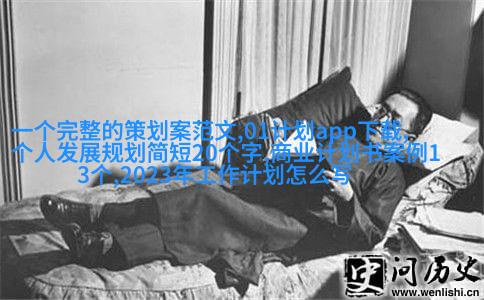一、肩关节脱位的定义与原因

shoulder joint dislocation, a condition where the humerus head becomes displaced from its normal position in the glenoid cavity of the scapula. This can occur due to various factors such as trauma, repetitive strain or even genetic predisposition.
二、症状与体征

The symptoms and signs of shoulder joint dislocation are quite evident. Patients often complain of severe pain in the affected arm, which may be accompanied by swelling and bruising. The range of motion is limited and there may be a visible deformity at the shoulder joint.
三、诊断方法

Diagnosis is primarily based on clinical examination followed by imaging studies like X-rays or CT scans to confirm the displacement. In some cases, an MRI may also be ordered to rule out any associated soft tissue injuries.
四、治疗方案

Treatment options vary depending on the severity and duration of dislocation. Non-operative measures include immobilization with a sling for 3-4 weeks followed by rehabilitation exercises to regain strength and mobility. Operative intervention is usually reserved for recurrent or chronic dislocations.
五、预防措施

Prevention plays a crucial role in avoiding this condition altogether. Regular exercise that strengthens muscles around the shoulder joint can help prevent injuries while proper lifting techniques should always be employed when handling heavy objects.
六、生活中的影响
Shoulder joint dislocation not only affects physical function but also has emotional implications for patients who suffer from it frequently leading to anxiety about future episodes.
七、新进展与研究方向
Research continues into new surgical techniques aimed at reducing recovery time while improving outcomes for patients with this condition.
八、二次性康复和社会重返工作能力提升策略设计
九、中长期跟踪评估计划实施
十、结语:
In conclusion, understanding shoulder joint dislocation requires knowledge about its causes, diagnosis methods, treatment options as well as prevention strategies so that individuals can take appropriate measures towards maintaining healthy shoulders throughout their lives.
